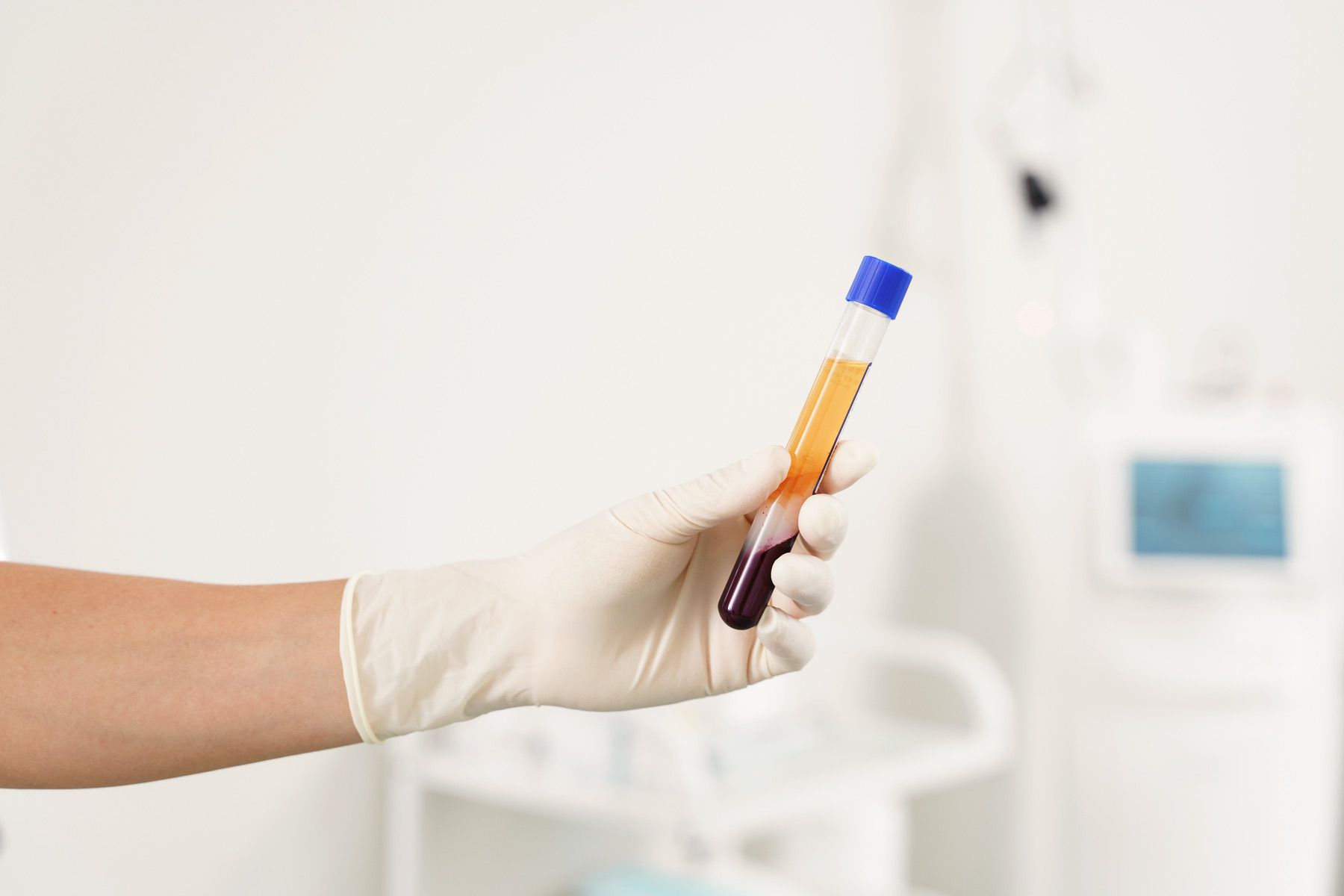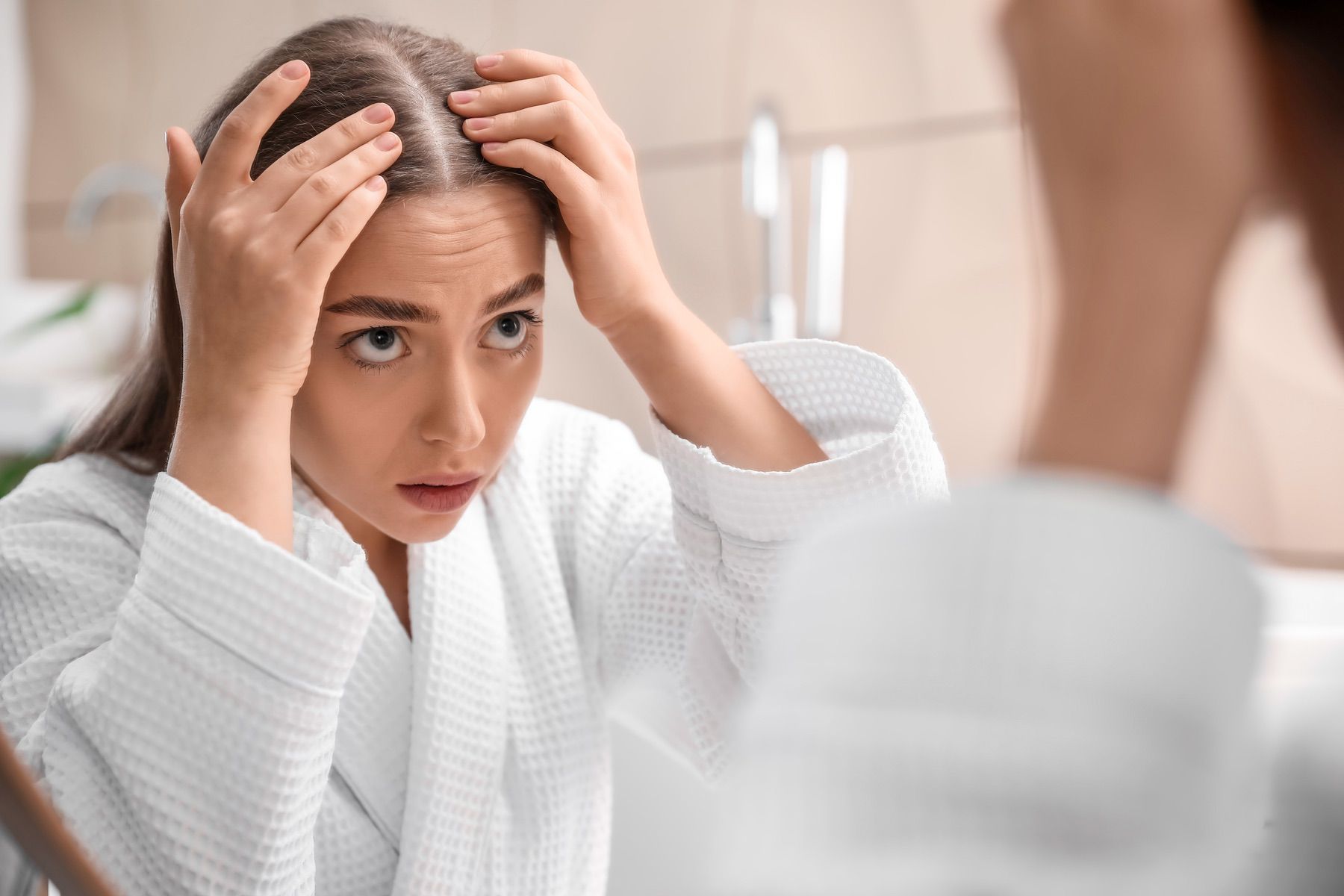The cost of PRP for hair loss may deter some people from trying the treatment – a single treatment can cost about $1500 out of pocket! But for those with premature hair loss, not many solutions promise the same results as platelet-rich plasma.
Platelet-rich plasma (PRP) therapy involves pulling a sample of your blood and separating the platelets and plasma. Then, the PRP is injected into the hair restoration treatment area to support healing and regeneration. PRP can help regrow hair and give you back your confidence in your appearance.
PRP was first used to promote healing and tissue regeneration during dental and oral surgeries.
The growth factors in the PRP helped stimulate tissue repair and regeneration, improving the outcomes. PRP is also popular in sports medicine to treat ligament and tendon injuries and to help with chronic musculoskeletal pain.
Nowadays, Stadia Med Spa and other facilities use PRP for cosmetic reasons, like regrowing hair. You may ask yourself if PRP is worth the investment, especially since insurance will likely not cover your treatment.
This article examines a breakdown of the cost of PRP for hair loss and the benefits of the treatment to help you decide if PRP can help you meet your cosmetic goals.
A single PRP treatment costs about $1500. Stadia Med Spa usually recommends three initial treatments spaced 4 to 6 weeks apart. That means – when all is said and done – your initial PRP treatment could cost about $4000. After that, you will likely need maintenance visits every 4 to 6 months.
If you have premature hair loss, you are probably already paying a couple of hundred dollars on shampoos, supplements, and other solutions to prevent your hair loss from getting worse. Depending on what’s causing your hair loss, you may or may not see improvements even after months of using these products regularly.
PRP is a natural solution derived from the platelets in your blood. The injections stimulate hair growth and improve hair thickness in 70-90% of people. It works well with other hair loss treatments, including hydrafacial scalp cleansing and hair transplants.
More extensive controlled studies are needed to determine why PRP doesn’t work for a small percentage of people. But regardless of statistics, the cost of PRP for hair loss may seem negligible when you compare it to the benefits. Let’s take a quick peek at how PRP works and the results you can expect after your initial course treatment.


Once the PRP is separated from the other components of the blood, your provider will inject the solution into your scalp. Generally, they will target areas with significant hair loss or thinning. The growth factors in the platelet-rich plasma stimulate hair follicles to promote hair growth.
The cause of premature hair loss or hair thinning is unique to everyone. Some people are genetically predisposed to hair loss (including those with male or female pattern baldness). Others have poor scalp hygiene, which blocks up hair follicles and prevents hair growth. Still more see hair loss from certain medications or hormonal fluctuations.
PRP for hair loss uses your body’s natural regenerative capabilities to jump-start hair growth on the scalp. Specifically, PRP stimulates a population of cells called dermal papilla cells which regulate hair growth.
The treatment not only increases hair growth in bald spots but it increases hair thickness overall. The effectiveness of PRP for hair regrowth will vary based on the cause of your hair loss and thinning. More research is needed to fully understand the benefits and limitations of PRP.
In addition to regrowing hair, PRP has gained popularity as a cosmetic procedure for facial rejuvenation, acne scars, and aging skin. The growth factors in PRP stimulate collagen production, improve skin texture, and reduce fine lines and wrinkles. Stadia Med Spa offers PRP to rejuvenate skin, prevent hair loss, and reduce the appearance of scars and age lines.
Unfortunately no! PRP is not FDA-approved for hair loss. Most private health insurance companies will not cover treatments that haven’t been approved by the FDA. PRP is also considered an elective procedure. Procedures that are not medically necessary are not typically paid for by insurance.
Some companies may reimburse you for parts of the treatment, so it can’t hurt to contact your insurance before you book! However, most people pay the cost of PRP out of pocket.
Now that you know how it works and how it can benefit you, you still need to determine if the cost of PRP for hair loss is worth it for you.
A few factors that might make PRP worth it include:
In the end, PRP for hair loss is worth it for those with significant hair loss and thinning who want to support a healthy scalp and stimulate new hair growth. Keep in mind that PRP is still considered an experimental procedure (although it has few side effects and risks!)
If money is an issue, you can also speak to the staff at Stadia Med Spa for a more accurate estimate of treatment costs and payment plan availability.
The cost of PRP for hair loss might seem steep for some, but for others, the benefits outweigh the cost! Men and women whose hair is thinning or who have had significant hair loss may benefit from PRP. These injections are a straightforward way to support a healthy scalp and stimulate hair growth.
Contact Stadia Med Spa for a free consultation to learn more about PRP and how it can support your cosmetic goals.
Call 210-881-6270 today!